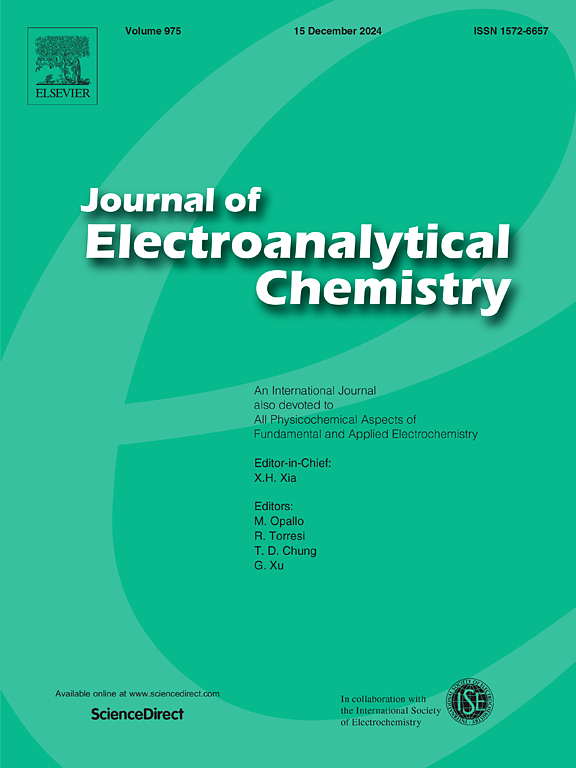Effect of different conductive carbons on degradation mechanism of flake-shaped silicon anodes: Analysis using dynamic relaxation time distribution method
IF 4.1
3区 化学
Q1 CHEMISTRY, ANALYTICAL
引用次数: 0
Abstract
The conductive agent is a bridge between the collector and the active material as well as the active material itself, and is an integral part of the silicon-based anode in lithium-ion batteries due to the low intrinsic conductivity of silicon. In previous studies, spherical silicon (dots) has been combined with 0-dimensional (dots), 1-dimensional (lines), and 2-dimensional (surfaces) conductive agents, and it has been found that the contact between the active material and the conductive agent is the key to the electrochemical performance. Flake-shaped silicon has different structural characteristics from spherical silicon, and it tends to be face-to-face stacked, which greatly limits its original performance, so the selection of suitable conductive agent or compounding method is crucial for the performance enhancement of flake-shaped silicon anode. In this experiment, three typical conductive agents with different dimensions, Super P, carbon nanotubes and graphene, were mixed with flake-shaped silicon respectively, and the different morphologies of the conductive agents bonded with flake-shaped silicon in different forms, which are reflected in the structural parameters such as tortuosity, pore size distribution, specific surface area and porosity of the electrode. We disassembled and subdivided the different impedances in the EIS data using the DRT method to explore the changes of different electrochemical processes in the cell cycling degradation, and analysed the effects of the above structural parameters on the cycling changes of Rs, Rsei, Rct, and DLi+.

求助全文
约1分钟内获得全文
求助全文
来源期刊
CiteScore
7.80
自引率
6.70%
发文量
912
审稿时长
2.4 months
期刊介绍:
The Journal of Electroanalytical Chemistry is the foremost international journal devoted to the interdisciplinary subject of electrochemistry in all its aspects, theoretical as well as applied.
Electrochemistry is a wide ranging area that is in a state of continuous evolution. Rather than compiling a long list of topics covered by the Journal, the editors would like to draw particular attention to the key issues of novelty, topicality and quality. Papers should present new and interesting electrochemical science in a way that is accessible to the reader. The presentation and discussion should be at a level that is consistent with the international status of the Journal. Reports describing the application of well-established techniques to problems that are essentially technical will not be accepted. Similarly, papers that report observations but fail to provide adequate interpretation will be rejected by the Editors. Papers dealing with technical electrochemistry should be submitted to other specialist journals unless the authors can show that their work provides substantially new insights into electrochemical processes.

 求助内容:
求助内容: 应助结果提醒方式:
应助结果提醒方式:


